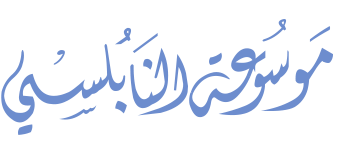- Scientific Topics
- /
- Scientific Topics from Friday Sermons
Here is the story of the camel:
Dear brother, if we have a deep look at the camel, we would find it as one of the most wonderful creatures. It is a miracle of anatomic engineering. It is considered as a priceless means of transportation in arid flat areas which constitute one sixth of land on earth, and where the strongest vehicles can’t travel.There are more than 15 million camels in the world and the number is increasing continuously. Every feature of the camel is masterly designed to adapt with the sever environment it lives in.
The Camel’s eyelashes are double thick to prevent desert flying sands from entering the eye which has the ability of magnification and zooming as this eye shows the camel distant objects near and magnifies small objects. That is why the camel obeys a small kid or to a trivial animal, Allah said:
“And that We have subjected them to their (use)? Of them some do carry them and some they eat”
The camel is also capable of closing its ears and nose drills for the same reason (to prevent sand from entering), while its huge feet make its movement on sand easy without plunging into it.
The hard rubbery lips of the camel enable it to eat sharp thorns, not to mention accumulating food and thorns instead of using its tongue in order to keep its moisture. Allah said:
“Do they not look at the Camels, how they are made?”
Now the most distinguished characteristic of the camel is its little need of water. Although it is able to drink an amount of water that can fill up a bath tub, which means that the camel can stay without water for tens of days, or may be few months and in emergencies it uses up the water in its body tissues to satiate its need of water, so it loses one fourth of its weight without affecting its movement.
The camel stores one fifth of its weight of fat in its hump, using it as food when needed, Allah said:
“Do they not look at the Camels, how they are made?”
Dear brother, the average age of the camel is more than 40. There is a deep lesson to human kind that if you treat the camel with respect, kindness, and compassion it will be easily steered, Allah Al-mighty said:
“Do they not look at the Camels, how they are made?”
Word to the wise:
Oh, Allah, I knew You through search and instinct, so I amorously came to You, with pure immaculate heart, You have signs in the horizons the least of which brings me to You.
If you see a plant in the desert growing by itself, you should ask: who brings you up? If you see the moon moving spreading its light, ask: who moves you? If you see a river with its pure drinkable water running, you should ask: Who runs you? If you see the salty sea overflowing, you should ask: who enables you of overflowing? If you saw the night overspreading, you should ask: who enables you of overspreading? And if you see the morning breaking with light, you should ask: who brings you up?




